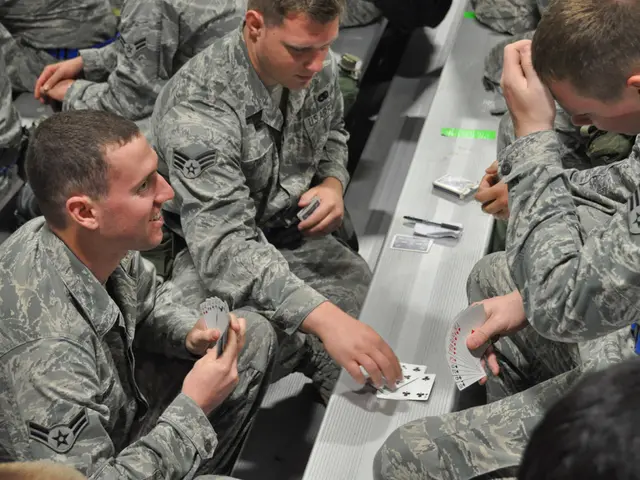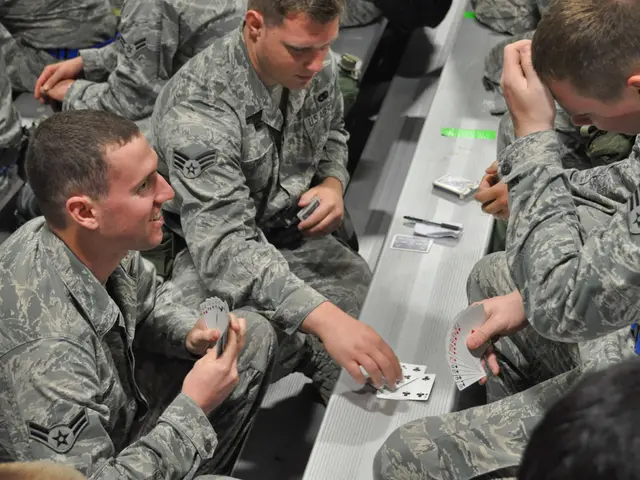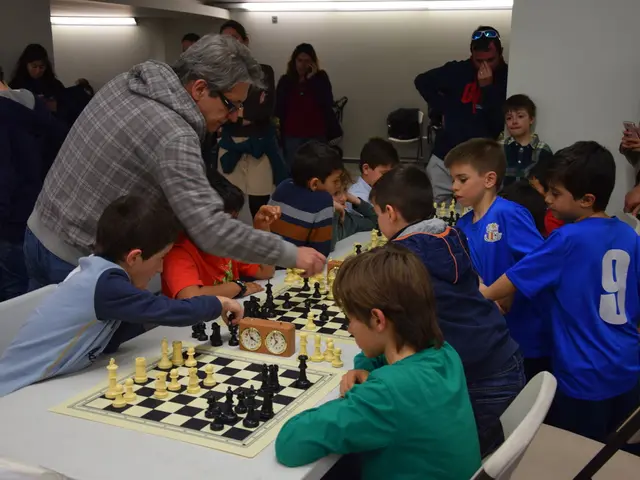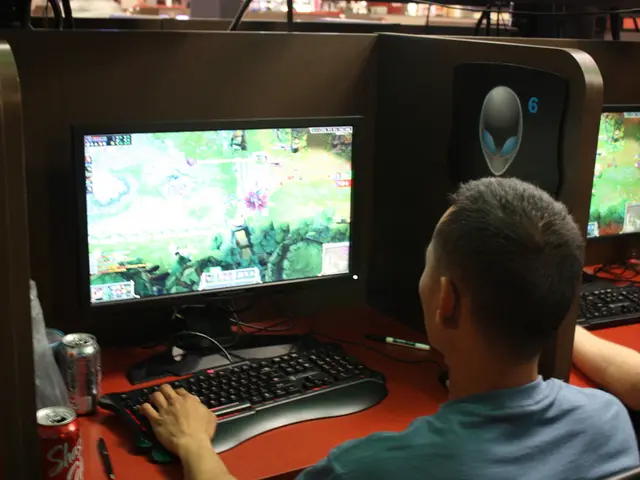Strategic Seating in Poker: How Your Seat Choice Affects Your Poker Game Victory or Defeat!
In the dynamic world of poker, the position of a player relative to the dealer button significantly influences their strategy. The later a player acts during each betting round, the more advantages they reap, particularly in late position.
Poker position is determined by where a player sits in relation to the dealer button, which moves clockwise after each hand. Late Position (LP) includes the dealer button, the cutoff (right before the dealer), and sometimes the hijack, depending on the number of players. This strategic seat is often referred to as the poker player's paradise.
Acting last in late position offers several benefits. Firstly, players have more information at their disposal. By observing all other players' actions in that round, they can make more informed decisions about betting, calling, raising, or folding.
Secondly, late position allows players to profitably play a broader range of hands, including weaker and more speculative holdings. This is because they can better control the pot size and apply pressure based on opponents' actions.
Thirdly, late position enables frequent raising and bluffing. Players can steal blinds and continuation bet with greater success, leveraging opponents who have yet to act. The ability to tailor bets according to opponents’ revealed tendencies makes pot control and well-timed bluffs more effective from late position.
Lastly, being in position (IP) increases the ability to realize hand equity postflop. This means that players can respond to opponents’ actions, while out of position (OOP) players act first and often realize less equity.
In contrast, early position players face disadvantages from acting with less information and typically need stronger hands to compensate for having to act first in subsequent betting rounds. Early Position (EP) includes players who act right after the big blind, such as the Under the Gun (UTG) player who acts first pre-flop.
The key for early position players is tight play and patience until a solid hand is obtained. If early players are aggressive, middle position should tighten up. If players behind in middle position are playing tight, more aggression can be employed to steal pots.
In summary, poker strategy is heavily shaped by position, with late position offering critical advantages that allow players to be more flexible, exploit opponents more effectively, and generally increase profitability. Skilled players prioritize playing more hands and applying pressure from late seats like the button and cutoff.
In the strategic poker world, late positions like the dealer button, cutoff, and sometimes the hijack offer a 'poker player's paradise', as they allow players to act last, providing more information for informed decisions, a broader range of playable hands, and increased opportunities for bluffing and pot control. On the other hand, early position players in seats like the Under the Gun face disadvantages, necessitating a tight playstyle and patience until a solid hand is obtained.





